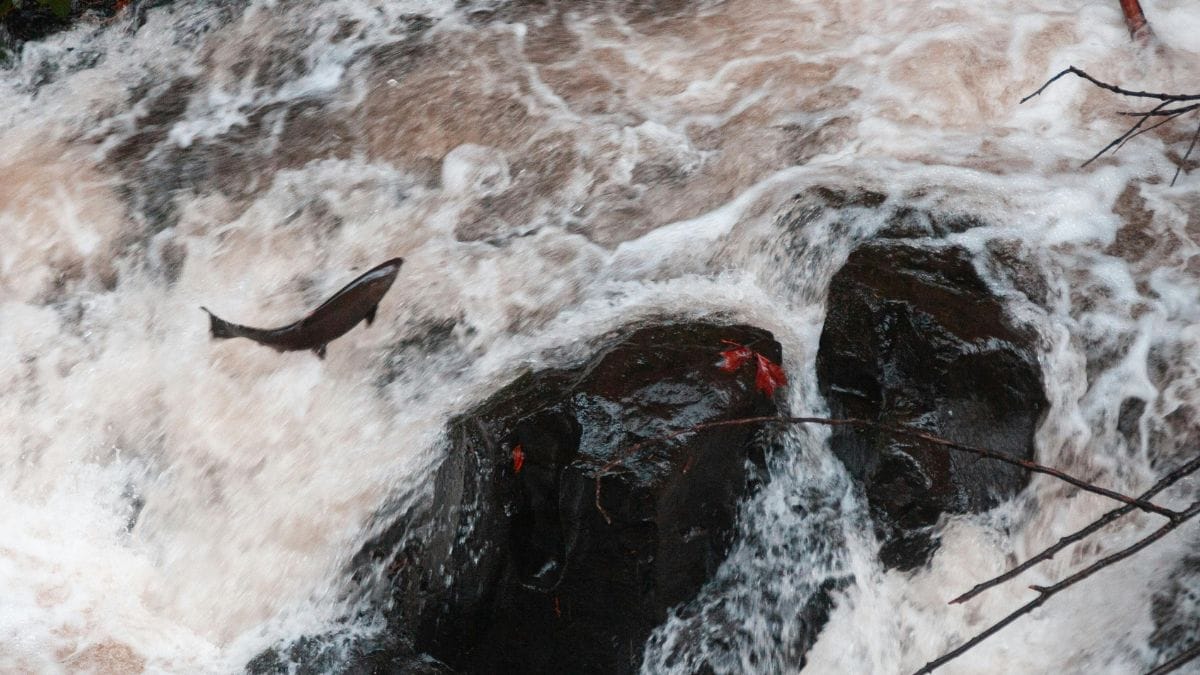Record-breaking dry weather spells trouble for wildlife, as the Trent and Dove see water levels drop by 50%.
As of this week, drought has been declared in the East and West Midlands, an area that covers large parts of the Trent and its tributaries. The news comes as Met Office data reveals March-June totals were the driest on record for the Severn-Trent region – rainfall dropped to less than half the region would see in a typical year. In June, stretches of the Trent and Dove saw river levels fall to half of the 1991−2020 average, while other tributaries, including Soar and Derbyshire Derwent, recorded ‘notably low’ flow levels.
Just like us, wildlife is feeling the heat.
As a charity working across the entire Trent catchment, we have seen large stretches of countryside dried out – wetlands and ponds vanished at an alarming rate. The lack of replenishing rain adds pressure on the few habitats that remain or have been restored. This leads to overcrowding. Wetland birds, for example, will need to migrate to different habitats, where they compete with other wildlife for limited resources.
In the river, hot weather and low flows can have dire impacts, leading to concentrated pollutants, reduced oxygen levels, and higher temperatures. Without access to cooler refuges, particularly cold-water species, such as salmon or trout, are at risk. An increase in temperature can cause huge stress and, ultimately, prove lethal.
Higher water temperatures, combined with excess nutrients, can also encourage toxic algal blooms that deplete oxygen levels and suffocate river life.
National Park rivers are particularly vulnerable to low flows
Headwater rivers are likely to feel the heat and pressure from low flows the most. Hot temperatures, little rainfall, naturally low flow levels, and inadequate water infrastructure expose rivers to high levels of concentrated pollution. Research on pharmaceutical pollution in the Peak District’s village of Tideswell, for example, reveals that the river is particularly vulnerable to chemicals, including anti-depressants or heart medication.
We’re missing out on BIG solutions powered by nature
Climate change compounds the issues our rivers are already experiencing. Poor water quality, degraded habitat, depleted soils and obstacle-riddled rivers can offer little resilience to heat or low flows.
On the flipside, this means that solutions to restore the Trent and its tributaries are right here at our fingertips:
You can help
It’s clear that far-reaching solutions require a systemic long-term approach. From fixing leaky water infrastructure unfit for purpose, restoring landscapes and rivers to better cope with drought and deluge, to reducing the consumption of water at times of low flow.
Nonetheless, everyone can be part of the solution, take action at home and also add your voice to the #makingmorespaceforwater petition, so our rivers can withstand drought and heat.
For some simple actions you can take right now, here are some tips the Rivers Trust has put together:
In the home
Speaking of the garden





